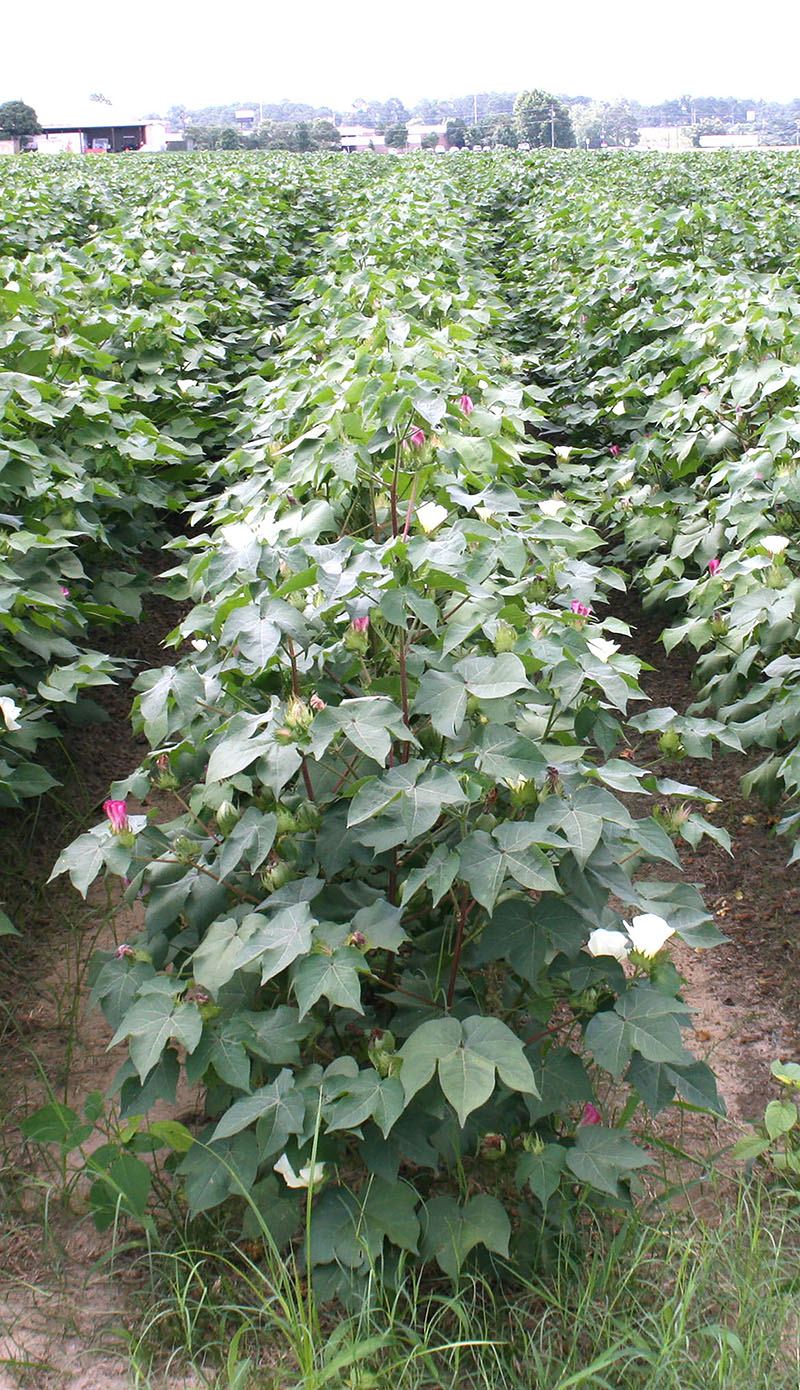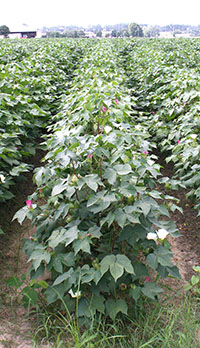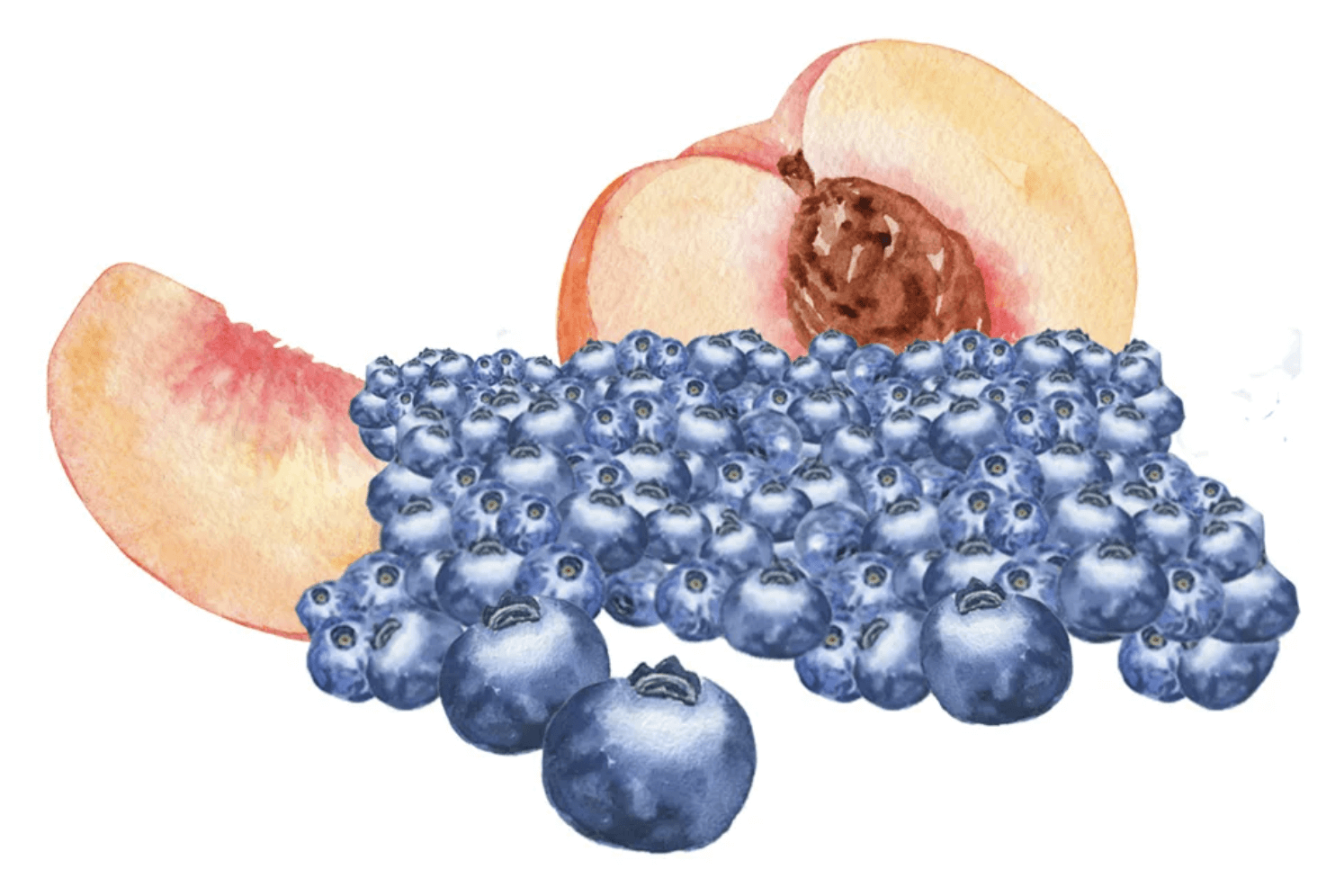If Georgia farmers plan to plant cotton, they need to do so as soon as possible. Only 86 percent of the state’s crop has been planted as of June 10, according to the U.S. Department of Agriculture’s Crop Progress and Condition Report for Georgia.
Late-planted cotton may be inevitable for many Georgia farmers this year because persistent rains in May kept them out of the field and delayed planting.
Friday, June 15, is the final day that farmers can plant cotton and expect decent yields. Although farmers can sometimes get away with planting this late, it generally goes against the University of Georgia Cotton Team’s recommendations.
Georgia cotton growers who finish planting their cotton this week should:
- Increase seeding rates by 25 percent. Typically, farmers aim for plant stands of at least 1.5 plants per row foot, but now at least two plants per row foot are necessary.
- Cut nitrogen rates by as much as 25 or 30 percent at planting and side-dressing.
- Plant growth regulators (PGRs) are the best way to manage early growth. A PGR is a chemical compound that limits the vegetative growth of the plant. Excessive growth can lead to boll rot and greater potential for target leaf spot disease.
The UGA Cotton Team stresses that farmers who plant late have very little room for error. Late plantings mean producers have only one shot at good plant stand development. Conditions must be ideal, and water must be applied as needed if planting in an irrigated field.
It is also extremely important to scout regularly for insects. Thrips are the main threat to seedling cotton. To monitor a field’s thrip risk index at the local level, visit the Thrips Infestation Predictor for Cotton website at www.climate.ncsu.edu/CottonTIP. Once fruiting is initiated, all threats from plant bugs, stink bugs and other insects should be monitored regularly. When growers see they’ve reached an economic threshold, they should apply insecticides as soon as possible.
For additional information about agriculture in Georgia’s Wilcox County and across the state, check the Wilcox County Ag blog at https://site.extension.uga.edu/wilcoxcoag.








